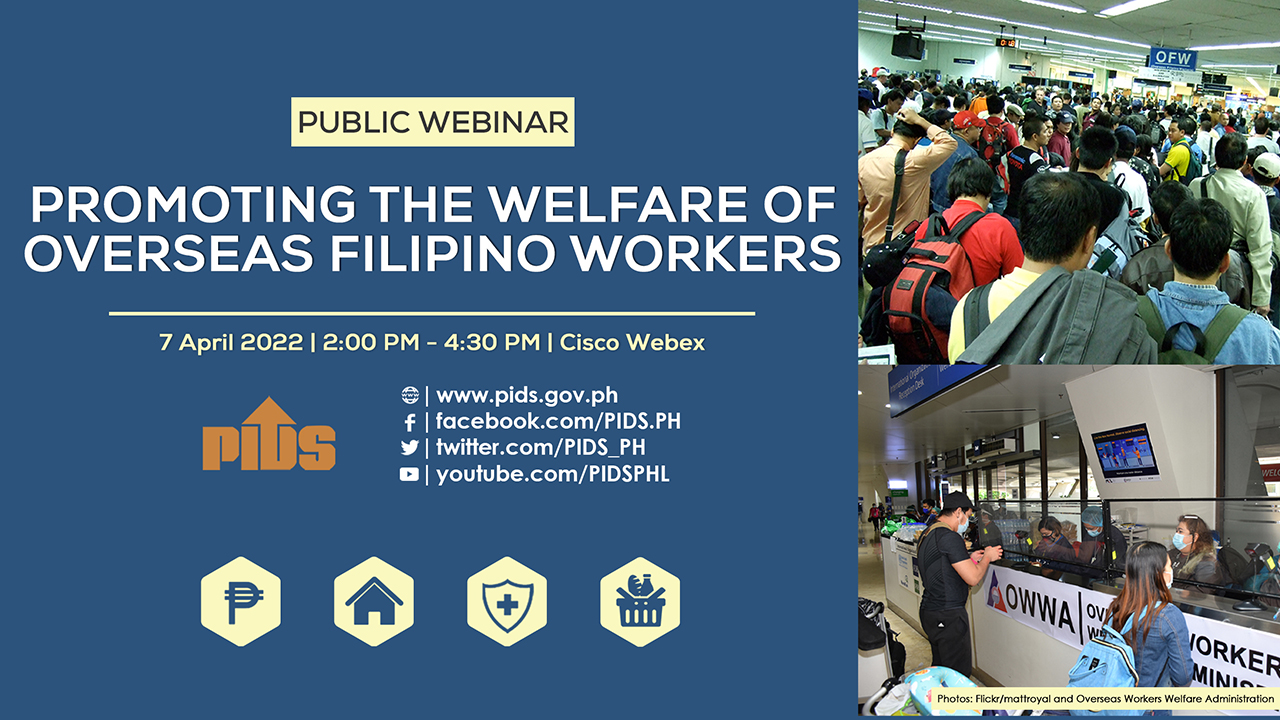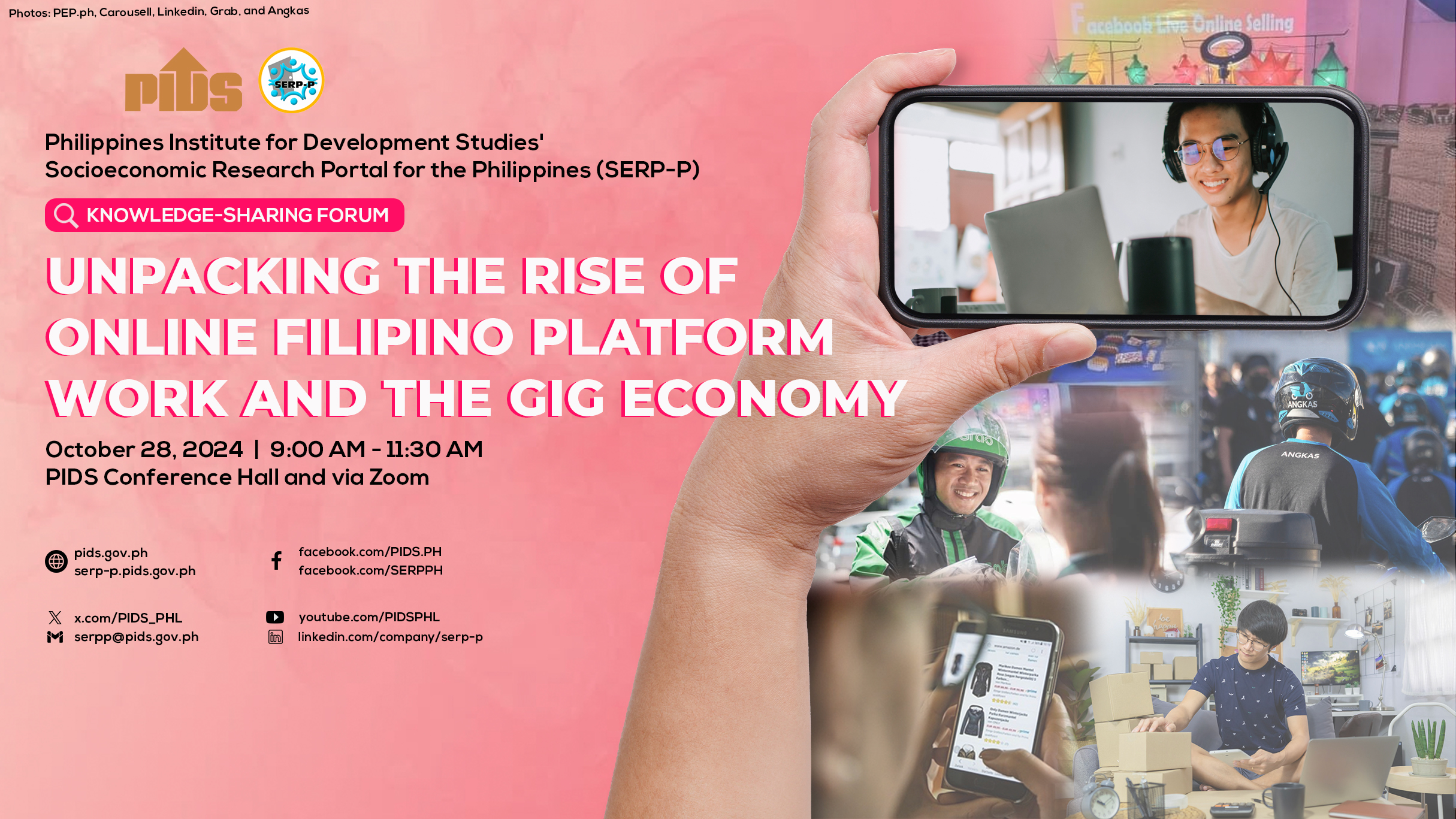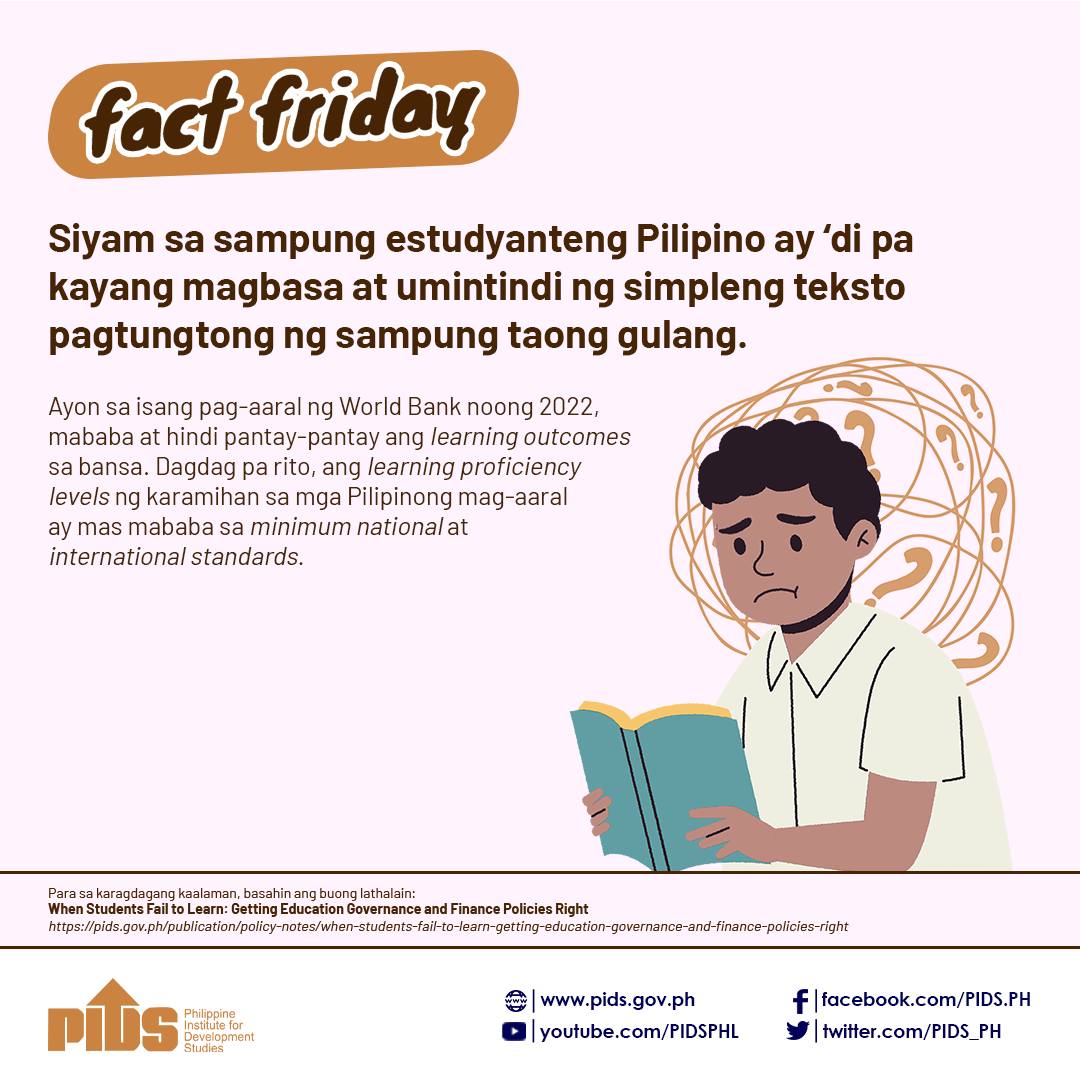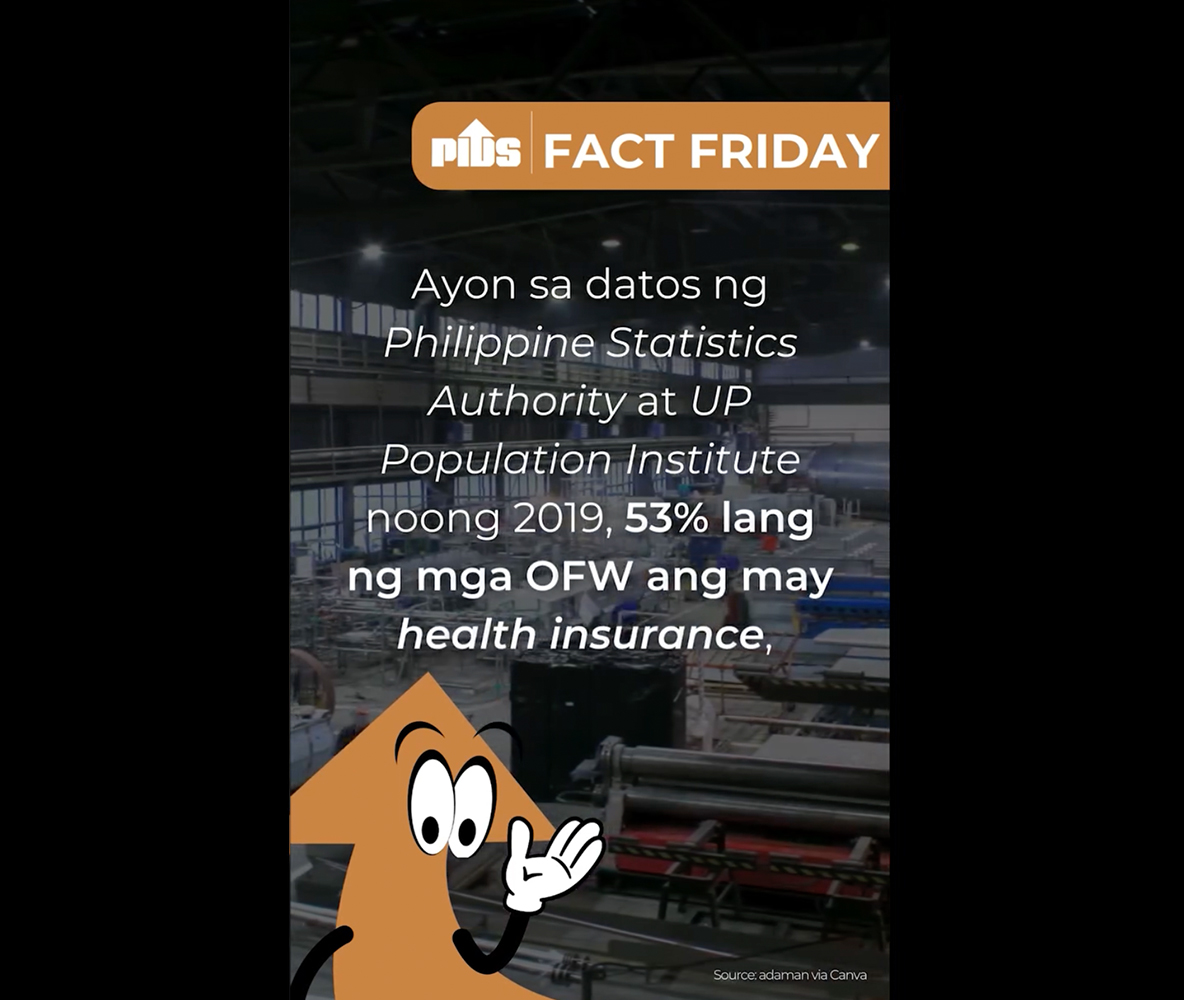Hunger and malnutrition remain a problem especially among poor Filipino households despite the increase in food supply in the markets. A government-led study attributed this to the high cost of food due to lack of adequate agricultural infrastructure despite the previous administration’s “Build, build, build” program. But addressing this decades-long problem shouldn’t be affected by bureaucratic red tape with President Ferdinand Marcos Jr. also acting as the temporary secretary of the Department of Agriculture precisely because he wants the agency to be more agile and responsive to the challenges in the global economy.
In the discussion paper “Is Food Supply Accessible, Affordable, and Stable? The State of Food Security in the Philippines,” the Philippine Institute for Development Studies (PIDS) noted that “many Filipino households are unable to consume nutrient-adequate diets due to its unaffordability. Poorest households suffer food insecurity the most as evidenced by their low diet quality and high incidence of malnutrition.”
The Philippines, according to PIDS, scored lower in terms of agricultural infrastructure, including the logistics system, with 96 percent compared to the 100-percent access rate of many of its Southeast Asian neighbors. While the Duterte administration has completed around 3,000 kilometers of farm-to-market roads, there is still a backlog of 13,000 kilometers that were not built due to budgetary constraints. The inadequate road system makes it more expensive to transport raw produce affecting food supply in both rural and urban markets.
This is ironic for an agricultural country where even farmers themselves cannot afford to feed their families healthy and nutritious food. The new President’s vow to increase agricultural production, especially as a means to counter the increase in food prices, will certainly help Filipinos who will now have to stretch their income to cope with the rising cost of living.
In its April 19-27 survey, the Social Weather Stations estimated that a total of 12.2 percent of Filipinos or 3.1 million families experienced “moderate” to “severe” hunger in the first quarter of this year. The hunger rate was below the annual average of 13.1 percent.
The chain reaction triggered by the Russia-Ukraine war resulting in higher fuel and food prices is likely to leave more poor Filipinos worse off and unable to sustain their daily dietary needs.
In a report released last year, the United Nations Food and Agriculture Organization (FAO) reported that 64.25 percent of Filipinos cannot afford a healthy diet, worth $4.08 per day (about P225 at current foreign exchange rates) based on 2017 figures. This meant that 67.57 million out of the estimated 105.2 million population in 2017 had limited to no access to a set of dietary recommendations intended to provide nutrient adequacy and long-term health.
FAO defines nutrient-adequate diets as providing both adequate calories and adequate levels of all essential nutrients including carbohydrates, protein, fat, vitamins, and minerals that are needed to avoid micronutrient deficiency and toxicity.
In addition, the Department of Health, National Nutrition Council, FAO, and the World Health Organization released a joint statement in March last year that poor diets and food systems have led to high cases of obesity among Filipino children.
The United Nations Children’s Fund said obesity is a “complex and multifaceted problems that would require multisectoral and comprehensive strategies to effectively and sustainably prevent and manage … sustainable, responsive, resilient, and functional food systems can enable better and healthier diets, but while the food systems encompass a range of public and private actors, the role of government is crucial in developing and implementing programs and policies that address the production, distribution, accessibility, and utilization of food in the country.”
In his inaugural address, Mr. Marcos Jr. said his administration would give “preferential treatment” to food sufficiency, as he noted how the Ukraine war caused global oil prices to spike, impacting food supply for countries far from the conflict like the Philippines. “I am giving that policy the most serious thought,” he said.
He stressed: “The role of agriculture cries for urgent attention that its neglect and misdirection now demands … Food is not just a trade commodity. Without it, people weaken and die, societies come apart. It is more than a livelihood, it is an existential imperative, and a moral one.”
The need to address hunger and poverty, which the Philippines committed to addressing by 2030 as part of its Sustainable Development Goals, through a comprehensive — not piecemeal — action plan has become even more immediate as Filipinos tighten their belts amid rising fuel and food prices. The new administration must lose no time in translating its promises into concrete actions to ensure that no one goes hungry.












